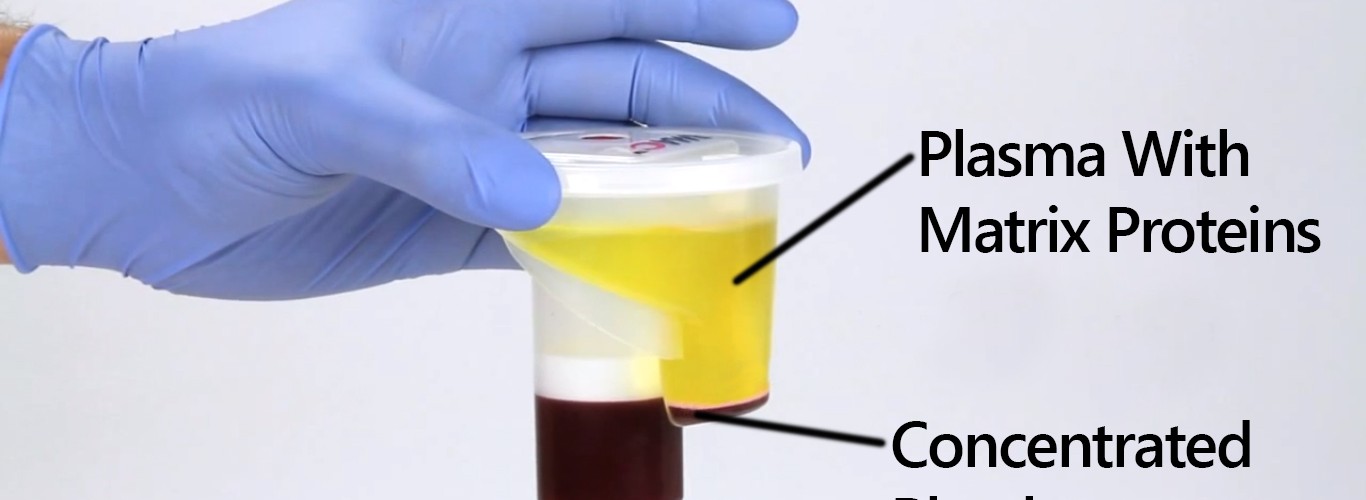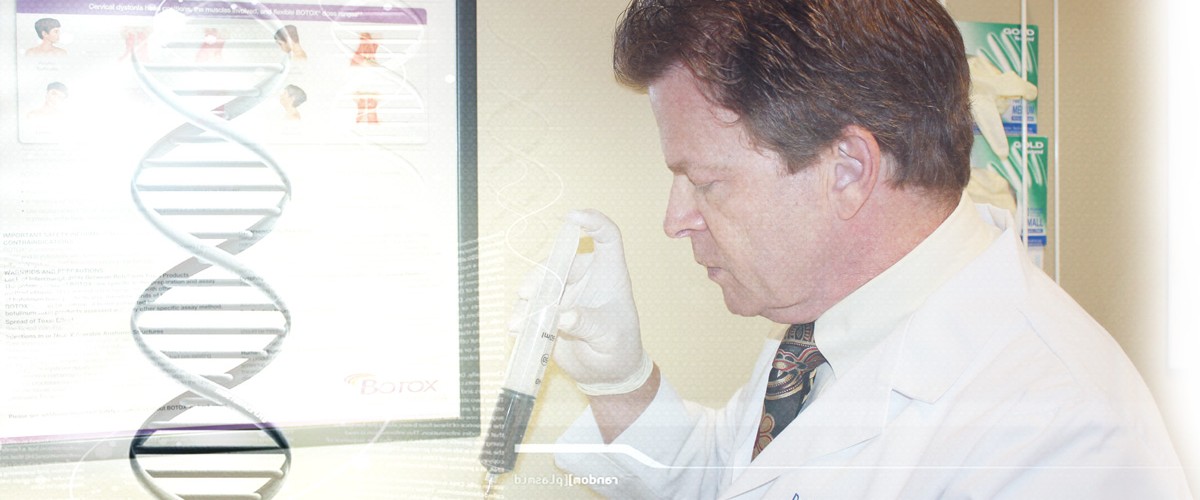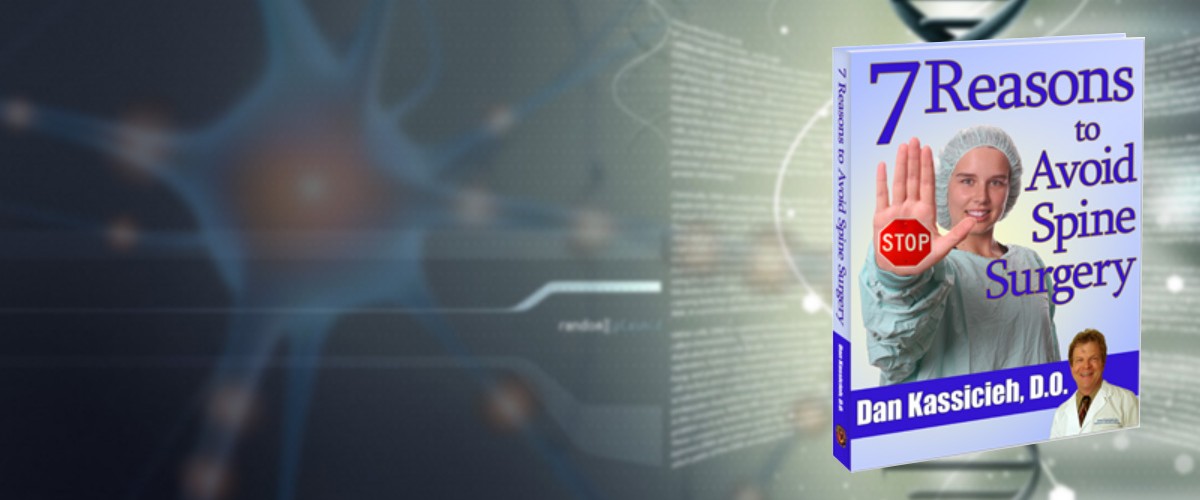Failed back syndrome, or lumbar post-laminectomy syndrome, is the term given to patients who have had back surgery for back pain, but continue to have pain after surgery. Even worse, their back pain can be worse after the surgery. The main problem is the fact that low back pain is not an indication for back surgery – any more than neck pain is an indication for neck surgery (failed neck surgery: cervical post-laminectomy syndrome). Surgery done for the sole purpose of relieving neck or back pain is doomed to failure. Many spine surgeons make the false assumption that if a patient has back pain and there is a spine MRI abnormality – this is the cause of the pain and surgery to “fix” the MRI abnormality, and consequently the back pain, is necessary. In actuality, just the opposite is true. Most causes of neck or back pain cannot be identified and more importantly, do not require spine surgery.
Failed back syndrome (FBS) has many different causes. Some of these are a direct result of surgery: operating at the wrong level, failure to remove the entire herniated disc fragment, trauma to the exiting nerve root, continued pressure on the nerve root, scar tissue and inflammatory changes at the site of surgery. Back surgery typically involves removing some of the boney part of the spine. This can result in spinal instability. This causes additional spine pain. Predisposing factors to FBS include smoking, diabetes and obesity.
Persistent low back pain, following back surgery, may be due to any number of causes. The surgery itself causes scar tissue to form, which can cause more spine joint pain. Spinal hardware, such as screws put in to stabilize the spine, can cause pain. These screws are put into the vertebral bodies to secure metal plates or other hardware to stabilize the spine. This is frequently done plus inserting bone fragments, for a spine fusion procedure, to further add more stability. The screws can cause pain in and of themselves. They can be put in incorrectly or touch a nerve root. The spinal fusion can fail to take and therefore the spine is not as stable as it should be. All of these things combined can result in additional pain or worsening of existing pain. Taking the screws out does not always result in clearing the pain – plus this requires another back surgery, leading to a viscous cycle.
Back surgery fails for a number of reasons. The three main reasons for failed back surgery are:
1. Surgery was not indicated in the first place for pain treatment,
2. The surgical procedure performed never would have achieved the desired outcome,
3. Correct surgery performed but did not get the intended results.
The main message here is that there are many reasons not to have back surgery. Unfortunately, over 500,000 Americans undergo spine surgery annually. Over 50% will have little or no relief for of the symptoms. It is not unusual to find patients such as this who have had two or more spinal surgeries – both neck and back operations. The majority do poorly. Failure rate with second spine surgery is about 70%. Three or more spine surgeries experience greater than 90% failure rate.
FBS symptoms include persistent, dull back pain, which varies in intensity. Patients can have sharp back pains that may radiate down one or both legs – sciatica. In almost all cases of failed back syndrome, more surgery is the worst thing that can be done, as this only compounds an already bad situation. Most of these patients are disabled and are on narcotics for pain relief. Narcotics are addictive and surgery is not reversible.
Fortunately there is non-surgical, non-narcotic treatment for patients with post-surgical neck or back pain. Platelet rich plasma (PRP) therapy is a simple, in-office procedure that can naturally provide dramatic, lasting relief. PRP (platelet) therapy does not require anesthesia, rehabilitation or any down time. Platelet rich plasma (PRP) is derived directly from your own blood. PRP is blood plasma with a high concentration of platelets. Contained within platelets are the active healing proteins and growth factors that promote new tissue regeneration. Growth factors are necessary to initiate tissue healing and regeneration. With concentrated amounts of these proteins in an injured area, healing and tissue repair is started and accelerated. Stem cells, respond to the growth factors, into the area, further aiding in healing. Healing can occur in various tissues including tendons, ligaments, muscle and bone – as stem cells will change into whatever damaged tissue is needed. Along with tissue repair, the regeneration process also stimulates new blood vessel growth to promote healing process.
Here in Sarasota, platelet rich plasma therapy is available. At Sarasota Neurology, Dr. Kassicieh, a Sarasota PRP doctor, has been doing platelet rich plasma therapy for tissue regeneration (regenerative medicine) since 2009. He has successfully treated several hundred patients with back and joint pain – all without surgery. Our success rate in treating failed back syndrome, knee pain, shoulder injuries and even plantar fasciitis is over 80%. Many patients become pain free. If you have persistent cervical (neck) or back (lumbar) spine pain, call now for a consultation for platelet rich plasma (PRP) therapy with a board certified neurologist and PRP doctor.



